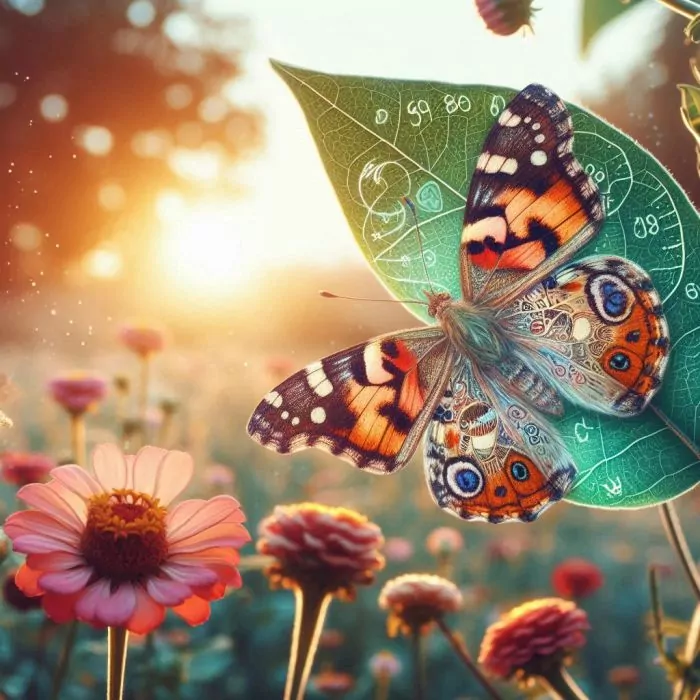
Did you know where the patterns on butterfly wings come from? Today, there are about 165,000 species of butterflies on Earth, and entomologists make new discoveries every year.
The scales of a butterfly
Butterflies belong to the order Lepidoptera. But they are not fish or reptiles, which have scales. It turns out that butterflies also have tiny scales that cover the wings of these insects. And it is these scales that are responsible for the color of the wings.
The scales are arranged in an orderly manner, one on top of the other, similar to how tiles are laid on the roofs of buildings. Can be the scales pigmentary or optical. The former contain pigment. Optical scales resemble plates with tiny holes. However, these are not exactly holes, but inverted conical traps for light. They work like this: when sunlight enters the conical trap, it is partially absorbed and partially reflected. Color is the result of electromagnetic waves of different lengths. The traps are of a uniform size, so they only reflect light of a certain wavelength, such as blue or yellow. In this amazing way, the wings of a butterfly are colored in various hues. Although in reality, it is just reflected light.
Scientifically, this is called light interference. We can observe something similar in soap bubbles. The iridescent swirls are light that partially passes through the thin film of water and soap and is partially reflected.
There is also pigment in the lower part of the scales, which creates a backing effect, enhancing the brightness of the color. And since each wing of a butterfly is covered with hundreds of thousands of scales. The interference effect is greatly enhanced.
Where do the patterns on butterfly wings come from?
There is a very simple way to prove that the color of a butterfly’s wings is formed not only by pigment. But also the structure of the scales. If you spray a butterfly wing with an alcohol solution, the wing will become a solid color. This happens because the alcohol fills the conical holes. They stop working as light traps. But once the alcohol dries, the conical traps will be free of liquid. Then the color will miraculously return. The light will be partially captured by the optical flakes. All these bright colors will be created by reflected light.
An interesting fact: there is a butterfly with transparent wings.
The glasswing butterfly uses the property of its wings for camouflage against predators. The surface of this butterfly’s wing consists of microscopic projections. They have the same refractive index as light. As a result, without scattering light, the butterfly’s wings become transparent.